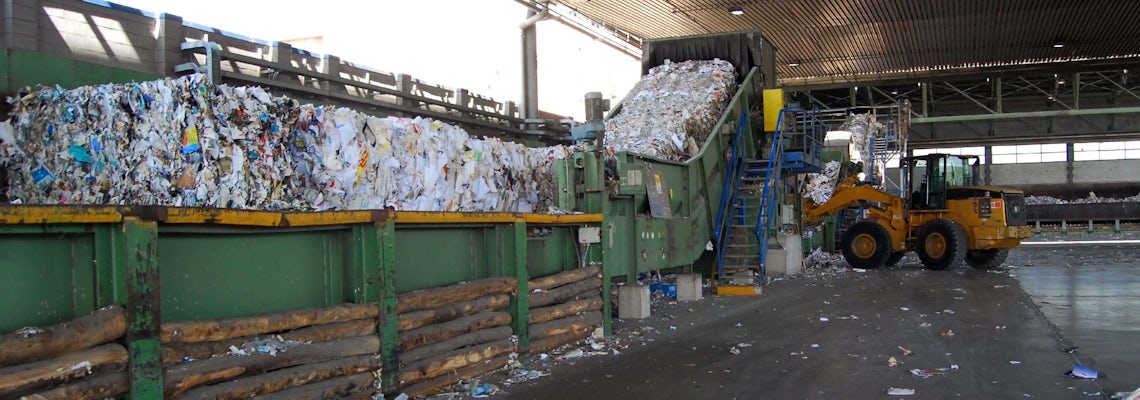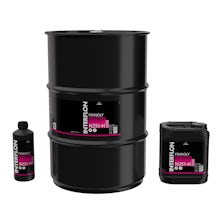Interflon helps to save more energy
The process of waste paper recycling most often involves mixing used/old paper with water and chemicals to break it down. Not really a friendly environment to maintain equipment in good conditions.
Energy consumption is reduced by recycling, although there is debate concerning the actual energy savings realized. Energy organizations claim a 40% reduction in energy when paper is recycled versus paper made with unrecycled pulp. But criticasters say recycling paper to make pulp actually consumes more fossil fuels than making new pulp via the kraft process. One thing is for sure: Interflon products contribute to less energy use.
Some applications in Paper recycling
Hydraulic installation Balemaster Paper press
Due to the high loads, the hydraulic system of paper presses suffer a lot, resulting in high temperatures and high Amp. Conventional hydraulic oils do not always withstand those heavy loads and cannot avoid system shut-down when Amp passes the Amp limits. Causing costly down-time and high energy consumptions.
Adding Interflon Finnoly N-251H, our MicPol® additive for hydraulic oil, the used hydraulic oil will generate so much less friction, that temperature will drop dramatically (in one case from 71,1˚C to 47,9˚C) and reduce energy consumption (in that same case with 18% to 20%).
Tags: Interflon Finnoly N-251H | MicPol®


Roller chains conveyor belt
Water from PMD packaging falls on the chains, also dust from cardboard. With conventional oils corrosion cannot be avoided, causing premature wear and tear and high energy consumption. Apart from this, the dust creates abrassive build-up on the chains wearing oit the roller and at the end they block and no longer slide smoothly over the guide rails. High replacement costs and down-time.
Interflon Food Lube G150 provides a dry long lasting MicPol®lubrication film, avoiding dust and debris to attach. No build-up anymore, reducing wear and guaranteeing a smooth sliding. MicPol® repels water, so no corrosion. Some customers report less noise, the evidence friction went down, generating energy savings as well.




